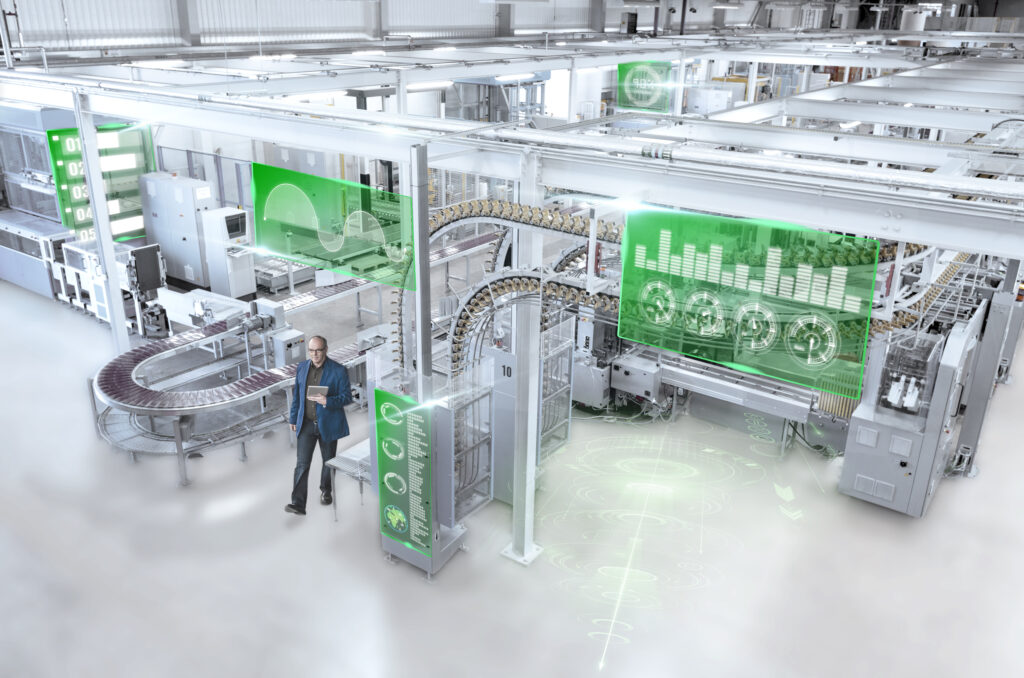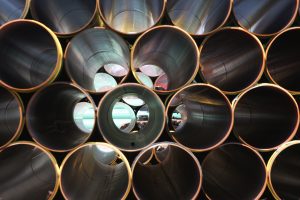Energy waste can be found anywhere and everywhere in an industrial setting, from lights left on and poor temperature control to inefficient motors or machines running idle for extended periods of time. These days, with energy shortages and rising fuel prices, this waste can quickly add up and cost industries dearly in terms of their ability to maintain output levels or even to continue operating altogether.
And unfortunately, it doesn’t look like things will be improving any time soon with the approaching northern winter expected to be another tough one. The International Energy Agency (IEA) notes that Europe faces a natural gas supply-demand gap of 30 billion cubic meters (bcm). This will also have a serious impact on future winter fuel supplies because of slower gas storage refilling now. According to the report, “This gap could represent almost half the gas required to fill storage sites to 95% capacity by the start of the 2023-24 heating season.” This harsh reality emphasizes the urgency for both governments and industrial consumers to take immediate actions to improve operational efficiencies while reducing energy consumption.
But how?

Consider these four ways to quickly increase operational efficiency and reduce energy waste:
- Measuring consumption – Conducting energy audits and installing reliable power quality meters are good ways to establish benchmarks for building an effective energy management plan.
- Active energy management – Cost-effective and quick fixes like installing variable speed drives or high-efficiency, connected electrical distribution equipment can immediately lower your electricity bill.
- Automating – Automation enables more precise control of equipment and processes to optimize energy consumption without compromising production requirements. It can regulate parameters such as temperature, pressure, speed, and flow rates using real-time data and analytics from connected devices.
- Monitoring – User-friendly software can identify energy waste trends and areas of concern so they can be addressed before money is wasted. Energy management is not a one-shot operation but a continuous improvement loop.
How to unlock the power of automation and digitalization
Applying the highly complementary capabilities of automation and digitalization to industrial processes and systems can make a big difference in their operational efficiency, which, in turn, can lower your energy consumption. Automation optimizes process, energy, and resource use by reducing waste (water, gas, air, raw materials, etc.), while digitalization with industrial software is the foundation for making the invisible visible. By enabling you to extract meaningful data, you can use intelligence and analytics to see where inefficiencies exist across the value chain so that they can be eliminated. This powerful combination can facilitate an advanced level of control through:
- Dashboards that help to cost-effectively manage distributed smart devices (e.g., sensors, lights, or motor drives) across core industrial processes. Cloud-based apps cost less and provide more granular data than manually tracking energy consumption to better identify new opportunities to improve energy management. A predictive dashboard empowers operators by providing visibility into future conditions and developing proactive strategies to manage energy-specific production decisions.
- Unified end-to-end visibility that allows you to use your historical energy data to model future consumption patterns. This captured “what-is” data enables “what-if” modeling. AVEVA Unified Operations Center, for instance, provides this capability and helps break down silos between plant management and production. Integrating the plant automation control layer with operator productivity tools gives operators the information they need to make more accurate and faster decisions, thereby limiting waste, increasing efficiencies, and optimizing performance.
- The integration of power management and process automation, which have traditionally operated as separate entities, but converging the two creates a solution that can:
- Eliminate information silos and uncover system optimization opportunities that directly impact plant efficiency
- Increase energy consumption accountability across a plant network
- Improve process energy use by up to 10%
A case in point
Wastewater facilities are big energy consumers so maximizing operational efficiency is a priority. When Veolia Water set out to build an advanced wastewater treatment plant inside a tunnel at Punta Gradelle on Italy’s Sorrento coast, it required a sophisticated control system that could effectively and efficiently manage the complex operations.
An EcoStruxure™ for Water solution fit the bill because it offered a powerful combination of plant process automation and energy management. Centralizing and aggregating real-time data provide the operations team with insights that help them make more informed decisions on energy efficiency, equipment reliability, and maintenance actions.
When all was said and done, Veolia realized a significant 15% savings in energy (and related costs) and a 20% improvement in its production efficiency. Gianfranco Favali, the manager of Veolia’s Project Design Department, labeled the benefits they achieved as “truly remarkable.”
To put the energy savings in a larger context, the US Department of Energy estimates that American municipal wastewater treatment plants consume more than 30 terawatt-hours of electricity annually at a cumulative cost of about $2 billion. If they were to take steps that cut their energy use by 15% across the board – by reducing waste and improving operational efficiency – it would equate to a whopping $300 million in savings every year!
For more information
To learn more about steps you can take to reduce your industrial energy consumption, download our new e-guide, “Three smart actions to help industrial companies navigate the European energy crisis.”


